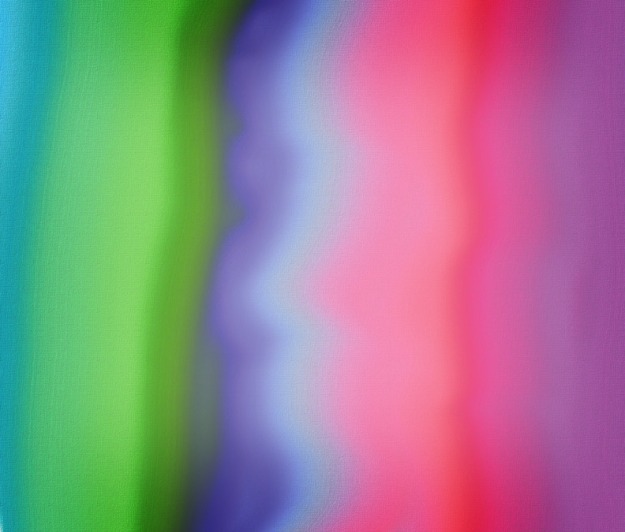Joseph Mallord William Turner (1775 – 1851) was a controversial English landscape painter. Joseph Mallord William Turner, better known as J.M.W. Turner, was born on April 23, 1775, in Covent Garden, London, England. His eccentric style matched his subjects – shipwrecks, fires, natural catastrophes, as well as natural phenomena such as sunlight, storms, rain, and fog.
Although renowned for his oil paintings, Turner is also one of the greatest masters of British watercolour landscape painting. He is commonly known as “the painter of light” and his work is regarded as a Romantic preface to Impressionism. Turner was considered a controversial figure in his day, but is now regarded as the artist who elevated landscape painting to an eminence rivalling history painting.
The significance of light to Turner resembled God’s spirit. In his later paintings he concentrated on the play of light on water and the radiances of skies and fires, almost to an Impressionistic style. Segmation’s collection of Joseph Mallord William Turner patterns includes many examples of his style including The Fighting Temeraire, The Shipwreck of the Minotaur, Snow Storm, The Grand Canal, Peace – Burial at Sea, and Rain, Steam and Speed.
This Segmation set contains 25 paintable patterns.
Source: http://en.wikipedia.org/wiki/J._M._W._Turner
If you liked this Segmation blog post, we know you’ll enjoy:
— Color Can Help You Understand Personality Types
https://segmation.wordpress.com/2013/04/11/color-can-help-you-understand-personality-types/
— Make Artist Famous with Hole-Punch Portraits
https://segmation.wordpress.com/2012/12/02/make-artist-famous-with-hole-punch-portraits/
Have fun and relax with beautiful online painting art. So fun and easy to use with no mess but just a mouse!
Be a Artist in 2 minutes with Joseph Mallord William Turner from Segmation SegPlay® PC (see more details here)
SegPlay® Mobile iTunes now available for iPhone and iPad
Segmation Pattern Set for SegPlay® PC released (see more details here)












